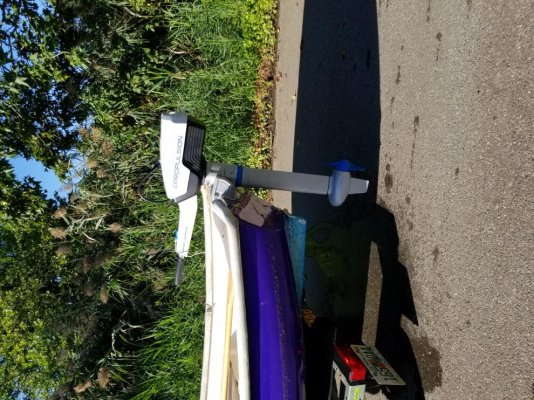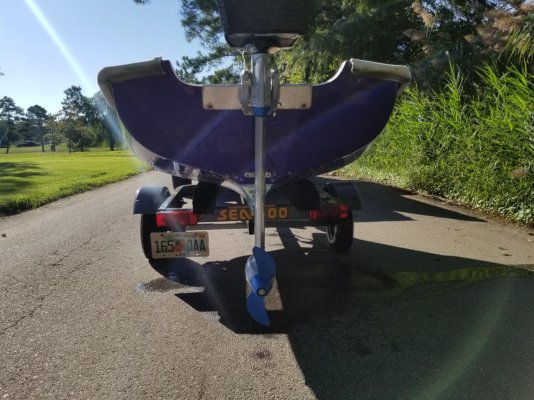That's because someone(s) are subsidizing their driving. Model S runs at 0.3kWh/mile. So 9000 kW of power for 3k miles. Assuming near perfect efficiency and $0.10/kWh residential power supply, that's $900. At the rate Tesla charges at a super charger ($0.25/kWh) it's $2,250. So they are either getting free charging from Tesla, their work, public chargers, or store chargers.
Toyota Camry uses 0.02 to 0.03 gallons/mile depending on the model or 180 - 270 gallons for the 30k. or $540-$800 for fuel for the time at $3 a gallon over the last 2 years. Maintenance is included for 2 years and 25k miles, so likely maintenance is free minus maybe one oil change.
The case for the Tesla and the E-motor is that whenever I leave the house or boat, I leave with a full charge. Not any time in gas stations/fuel docks. And its one less thing to worry about spilling. It was fun to pull up to a fuel dock and draw 2000 gallons of diesel and 3 of gasoline for the dinghy. It was less fun to have to keep pulling into fuel docks for 3 gallons of gasoline with no need for diesel (though that bill was easier to swallow). Charging via a rooftop full of solar or the generator/alternators when it's cruddy outside seems like a better alternative.


